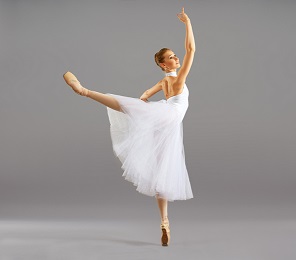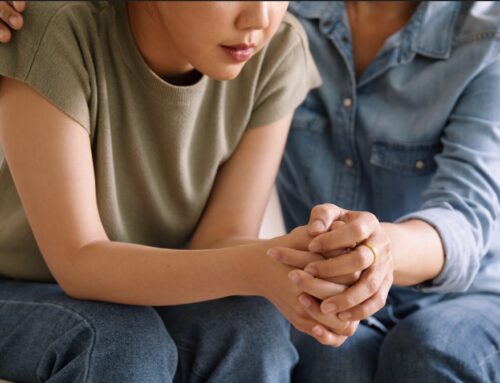Every year around this time memories flood in of back to school and specifically for me back to dance. Dance was (and still is) an integral part of my life and unfortunately so were eating disorders.
I consider myself lucky to have attended professional studios where the teachers were experts in their craft, as well as kind individuals. However, girls would still “disappear” suddenly and never return. In dance movies like Center Stage one of the characters is seen purging after a night out, and in Black Swan Natalie Portman went to extremes in order to portray her character. Ballet dancers work so hard and push their bodies so far that cutting back nutritionally in order to look a certain way is often the norm and this behavior is incredibly dangerous.
Unfortunately, I feel that I was almost desensitized to eating disorders like anorexia and bulimia. They were everywhere and it was normal to know people who used behaviors. With so many changes to the brain and body during adolescence adding in leotards and a mirror alone, could cause poor body image to a “normal” teen. A “fond” memory of mine (I am totally being sarcastic) was one of the most stressful times of the year, costume fittings, where you are often measured at the bust, waist, hips, leg length etc. IN FRONT OF EVERYONE. Since my studio put on the same show every year in the winter we would often reuse costumes and it would be mortifying if the seamstress had to add fabric for yours. Someone would always be embarrassed and now thinking about it how could you not be?
Now don’t get me wrong. I loved ballet and had very supportive and body positive teachers but still, friends developed eating disorders. Dance is just one of those higher risk activities like gymnastics, rowing, swimming, wrestling etc. Ballet definitely shaped me into the person I am today and gave me the gift of self-motivation, attention to detail and life-long friendships. Looking back I would not choose any other activity for myself, but I have come up with some ways to help combat eating disorders in dance.
1. Use better language when giving correction about the body’s alignment. For example instead of, “Suck it in” say, “Engage your belly muscles.” Instead of “Squeeze your booty in” say, “Send your tail feather down.”
2. Have costume fittings done in private and preferably by a trusted and body positive adult.
3. Talk about proper nutrition and how to maintain a strong body instead of using the words “thin” or “dancer’s body” as descriptors.
4. Highlight models who showcase different bodies like Misty Copeland and Miranda Cochran.
5. Educate instructors on the signs and symptoms of eating disorders. Make sure your studio has a protocol and knows how to step in and speak to parents and students if something seems wrong.
Dance is a great way to move the body around, to tell a story, or just to feel alive. Whether dancing to music in the car, at a concert or in dance class it should bring you joy not pain.
How do you dance? Can you think of any other ways to make dance a more body positive activity?
About the author:
 Portia Kimbis is the Marketing and Community Relations Associate for Walden’s S. Windsor Clinic. Formerly, she was a Residential Treatment Assistant at Rushford, an adolescent boy’s rehabilitation program. Prior to that, she worked as a Senior Patient Coordinator for the OB/GYN Department at the Cornell Medical College at New York Presbyterian Hospital in New York City. Ms. Kimbis is enjoying her role at Walden and feels her position is allowing her to learn more about the mental health field and eating disorders. In her free time, she volunteers at Forgotten Felines, a cat shelter where she takes care of felines who need homes. She also enjoys yoga and traveling. Ms. Kimbis received her Bachelor’s degree from the University of Connecticut in 2013 with a double major in Psychology and Human Development and Family Studies.
Portia Kimbis is the Marketing and Community Relations Associate for Walden’s S. Windsor Clinic. Formerly, she was a Residential Treatment Assistant at Rushford, an adolescent boy’s rehabilitation program. Prior to that, she worked as a Senior Patient Coordinator for the OB/GYN Department at the Cornell Medical College at New York Presbyterian Hospital in New York City. Ms. Kimbis is enjoying her role at Walden and feels her position is allowing her to learn more about the mental health field and eating disorders. In her free time, she volunteers at Forgotten Felines, a cat shelter where she takes care of felines who need homes. She also enjoys yoga and traveling. Ms. Kimbis received her Bachelor’s degree from the University of Connecticut in 2013 with a double major in Psychology and Human Development and Family Studies.







Always a pleasure to read such an informative and positive blog. Thank you ! This is my niece and I hope you enjoy this as well.